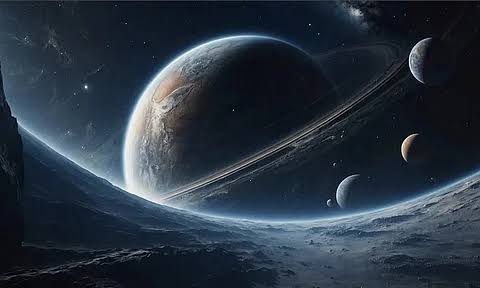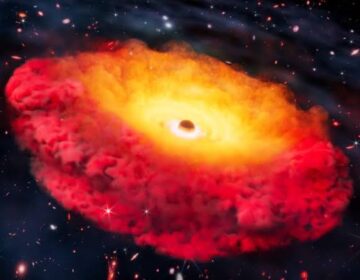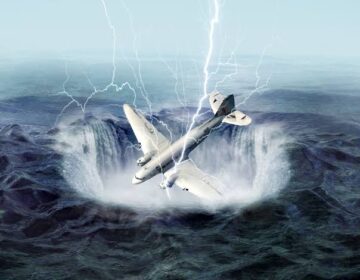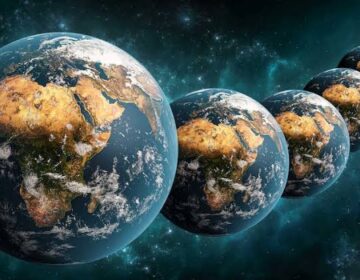Astronomers Discover Potentially Habitable Earth-Like Planet Just 35 Light-Years Away.
A fifth planet has been detected within the habitable zone of a neighboring star, where conditions could perhaps support liquid water and potentially life.
Located about 35 light-years from Earth, L 98-59 is a cool, dim red dwarf star already known to host a compact system of small, rocky planets.
The latest discovery, led by researchers at the Université de Montréal’s Trottier Institute for Research on Exoplanets, confirms the presence of L 98-59 f, a super earth with a minimum mass 2.8 times that of our planet.
Scientists have confirmed a potentially habitable fifth planet in the nearby L 98-59 system, revealing a diverse collection of rocky worlds that could harbor water or volcanic activity.
A research team from the Trottier Institute for Research on Exoplanets (IREx) has completed the most detailed investigation yet of the planetary system surrounding L 98-59, a nearby red dwarf star.
Their analysis confirmed a fifth planet located within the star’s habitable zone, an area where conditions may support the presence of liquid water.
Volcanic planets, a sub-Earth, and a water world
L 98-59 sits just 35 light-years from Earth and is orbited by three small exoplanets first spotted in 2019 by NASA’s TESS space telescope.
A fourth planet was later identified using radial velocity data collected by the European Southern Observatory’s ESPRESSO spectrograph.
These four planets travel extremely close to their star, each orbiting at a distance much shorter than Mercury’s path around the Sun.
“These new results paint the most complete picture we’ve ever had of the fascinating L 98-59 system,” said Cadieux.
“It’s a powerful demonstration of what we can achieve by combining data from space telescopes and high-precision instruments on Earth, and it gives us key targets for future atmospheric studies.
All planets in the system have masses and sizes compatible with the terrestrial regime.
The innermost planet, L 98-59 b, is only 84% of Earth’s size and about half its mass, making it one of the rare sub-Earths known with well-measured parameters.







